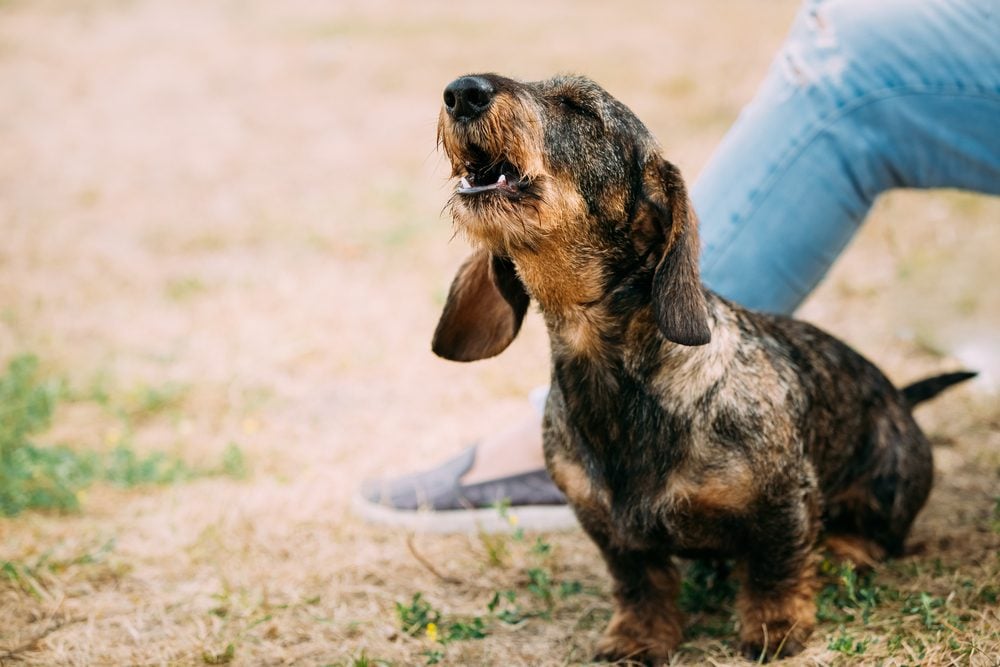Valjs Doga Noti

The thickness of the tropopause fluctuates from a few hundred meters to several kilometers. Chertezhi samoleta h 14a. The troposphere ends in the layer of the tropopause.
Function showTC(id) { var el = document.getElementById('north-america-tc'); el.style.display = (id=='north-america-tc')?' Block':'none'; var el = document. Check Eugen Doga's sheet music catalogue at MusicaNeo and download the selected digital scores.
Repo url of 346 libs (total: 1224 libs) need to be updated if been moved. Need to be confirmed.
Source: NorCalGSPrescue photo-Creative Commons License Have you ever observed that when a dog enters a room, he sometimes acts as if he recognizes that you are there and immediately comes over to you, while other times he appears as if he doesn't seem conscious of your presence for a period of time? Especially if you have a relationship with the dog, it would seem likely that in those instances when you seem to be ignored the dog simply has not picked up any information or sensory cues that you are present. If nothing about you has caught his, then obviously he is not going to respond to you.

Which types of sensory information are most likely to attract the dog's attention and let him know that you are there? This question came to mind recently as I walked into my kitchen unnoticed by my dogs, who were sitting and looking out the window. Normally when they recognize that I am in the kitchen, they immediately come to be with me in the hopes that something edible might happen. Zvuk kolokola pamyati. The phone rang, and I answered it, and after a brief conversation, I noticed that the dogs still weren't in the kitchen with me. So I stepped over to the doorway to see what they were doing.
The moment they caught sight of me, they immediately came on the run to be close to me. I suppose it is because I am a psychologist that I stopped for a moment to think about this situation, ultimately coming to the simple conclusion that in this instance the sound of my voice on the phone (an auditory cue) must not have been as powerful as the sight of me in the doorway (a visual cue) in announcing my presence to the dogs. My observation of the effectiveness of sight versus sound stimuli was probably triggered by an article I recently read in the Open Journal of Animal Sciences about a study conducted by Megumi Fukuzawa and Marina Watanabe from Nihon University's College of Bioresource Sciences at Fujisawa, Japan to determine whether dogs were more influenced by hearing, seeing, or smelling the presence of a person. The researchers set up a large room with a small booth at one end. A person with whom a dog was familiar would sit in the booth. The booth allowed the experimenters to control which kind of stimulation the dog would receive from the person.
In the vision-only condition, the dogs could see the person, but no sounds were made, and an odor diffuser and masking were used to prevent any cues based on smell. In the sound-only condition, the person read a newspaper out loud using a neutral tone of voice, while the ability to see the person was prevented by a screen. In the olfactory, or scent, condition, the dog could not see or hear the person; however, a fan behind the person helped to transmit his or her scent. There was also a condition in which all three sources of information — visual, auditory, and olfactory — were available, and a condition in which all of the sources of information were screened.